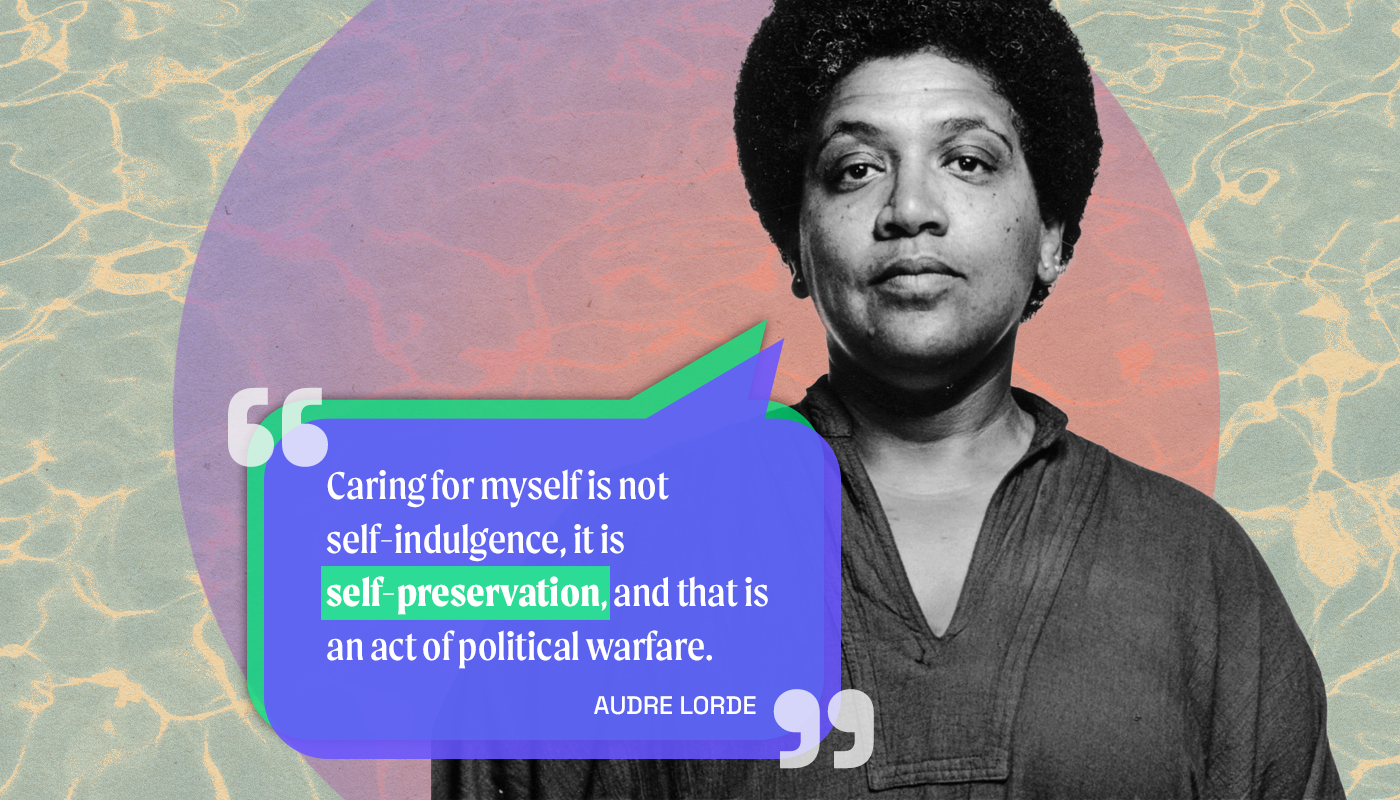Gender influences our experiences
Gender influences individual experiences, including at work. To develop more inclusion, expand your understanding of gender’s impact.

Gender is not black and white (or male and female). In fact, Healthline identifies 64 terms to describe different gender identities and expressions. So, how do you ensure your workplace is advocating for everyone? For starters, it helps to understand how gender can influence our individual experiences, including at work. Here are three topics to consider:
1. Why sexual harassment programs backfire and what to do about it
Maintaining an employee’s mental and physical health is crucial to promoting a comfortable work environment. Dealing with inappropriate behavior in the workplace is an obstacle that spans across genders. A Pew Research Center study states, “40% of women (and 16% of men) say they’ve been sexually harassed at work—a number that, remarkably, has not changed since the 1980s.” This is just one of many alarming sexual harassment statistics.
While your gut reaction to combating this issue may be to institute sexual harassment training, this can lead to a higher amount of victim-blaming. Instead, the Harvard Business Review study suggests implementing bystander-intervention training and/or manager training for a more effective training. The authors also dive into alternative complaint systems and ways to change the culture of your organization.
Bonus article: The National Conference of State Legislatures lists the sexual harassment prohibitions and training requirements in your state.
2. Stop talking and start doing: four ways to actually help women get back to work
The COVID-19 pandemic has been hard on everybody, but many working mothers have had an additional hurdle to face—deciding between working and taking care of their kids. Studies show that women are increasingly joining and staying in the workforce even after they have kids. When the pandemic began and schools shut down, nearly 3 million women chose to quit their jobs and prioritize their children’s well-being and mental health. This article lists four practices to help support mothers in their post-pandemic transition back to work:
- Join a group that supports gender equality in the workplace.
- Offer child care or child care reimbursement at your organization.
- Help women find safe, flexible work where caregiving experience makes them uniquely skilled.
- Pay women what they’re worth.
Bonus: In hiring, place high value on the skills that caregivers would bring to the workplace, such as empathy, the ability to multitask, responsibility, accountability, and emotional intelligence. These qualities can be overlooked in a work environment that does not accommodate mothers.
Read the full article for more details on how to support women rejoining the workforce.
3. The changing landscape of masculinity and men’s mental health in the workplace
“Boys don’t cry” and “man up” are common terms men hear from a young age. These sayings, along with male stereotypes, have been shown to impact whether or not men reach out for mental health support. While all genders can suffer from mental health issues, this article points out that men disproportionately feel they can’t seek help. Here are a few frightening statistics:
- Men account for 75% of suicides.
- 34% of U.S. men fear their job could be at risk if they discussed their mental health at work.
- 58% of men reported that they think society expects them to be emotionally strong and not show weakness in front of others.
Anxiety, depression, and other mental health issues make it difficult to function on a daily basis, let alone concentrate and perform well at work. Increasing awareness and education, providing self-care strategies, and creating a supportive environment are a few ways to advocate for employee mental health.
Creating an inclusive work environment during these unprecedented times won’t happen overnight, but it is an essential element of any supportive company. Use these three articles as a starting point for your inclusion transformation, and you will be well on your way to building a safe and happy workplace!![]()






